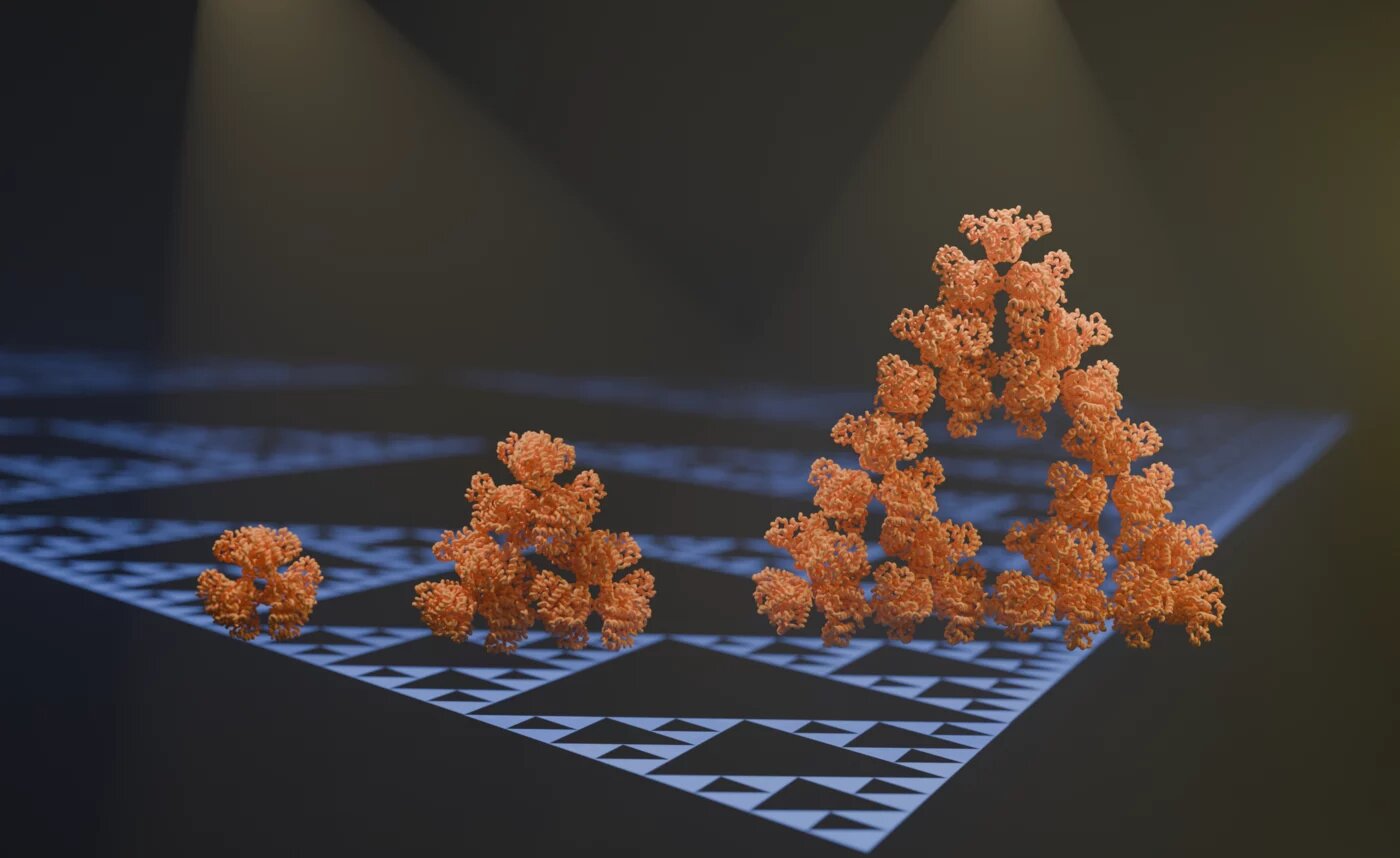Fractals in Nature - The Hidden Geometry of the Natural World

Fractals are intricate geometric shapes that can be split into parts, each of which is a smaller copy of the whole. This property, known as self-similarity, makes fractals both fascinating and profoundly important in understanding the patterns of the natural world. Unlike traditional Euclidean geometry, which deals with perfect lines and shapes, fractal geometry provides the tools to describe the irregular yet structured patterns we see in nature.
From the delicate veins of a leaf to the vast contours of coastlines, fractals are all around us. They are not just mathematical abstractions but living, evolving structures that define how nature grows, branches, and organizes itself.
Understanding Fractals
A fractal is a shape that retains its pattern regardless of the scale at which it is viewed. Zoom in on a coastline or a fern, and you will continue to see similar patterns emerging. Mathematically, fractals are generated through iterative processes—repeating a simple process over and over to create complex forms. Some of the most famous mathematical fractals include the Mandelbrot set and the Koch snowflake.
What makes natural fractals especially interesting is that they are often approximate, not perfect fractals. While they may not have infinite detail, they closely resemble fractals within the limits of physical space and biological function.
Examples of Fractals in Nature
1. Trees and Branching Patterns
The branching of trees and the roots beneath them mirror fractal patterns. Starting from the trunk, each branch splits into smaller branches, which in turn split into twigs, forming a self-similar structure. This efficient branching is also found in human lungs, blood vessels, and river networks.
2. Coastlines and Mountains
Coastlines are classic examples of fractals. When viewed from a satellite or a local beach, the jagged outline remains consistently irregular. This is famously demonstrated by the “coastline paradox,” which shows that the length of a coastline depends on the scale of measurement. Mountains and terrain also exhibit fractal properties in their ruggedness and variability at different scales.
3. Clouds and Weather Systems
Clouds, hurricanes, and lightning bolts are shaped by chaotic processes that naturally give rise to fractal structures. Lightning, for example, follows a path of least resistance through the air, branching into smaller and smaller forks with the same basic structure.
4. Leaves and Ferns
Many plants, especially ferns, display fractal-like growth. A single frond of a fern resembles the whole plant. This recursive pattern helps the plant optimize light exposure and nutrient distribution.
5. Snowflakes
Snowflakes form when water vapor condenses in cold air. The crystal structure grows in a hexagonal pattern, influenced by temperature and humidity, producing symmetrical, self-similar designs. No two snowflakes are exactly alike, but their formation process is fractal in nature.
Why Nature Uses Fractals
Nature often favors fractal designs because they are efficient. Branching patterns in trees and lungs allow maximum exposure or distribution using minimal resources. Fractal geometry helps living organisms grow and function within physical constraints. Additionally, fractal structures provide resilience—distributing stress and damage across multiple scales.
From a scientific perspective, modeling natural systems with fractals improves our understanding of growth patterns, material strength, resource distribution, and environmental dynamics. In medicine, for instance, fractal analysis helps detect abnormalities in heartbeat rhythms and the structure of biological tissues.
Fractals and the Human Mind
Humans are naturally drawn to fractal patterns. Research in psychology and neuroscience suggests that we find fractals visually pleasing because they reflect the complexity of nature. This has implications in art, design, and even urban planning, where fractal principles can be used to create spaces that feel both organic and harmonious.
Conclusion
Fractals are the silent architects of nature’s design. They provide a universal language through which we can understand the structure and behavior of the world around us. By studying fractals, scientists, artists, and engineers gain deeper insight into the rhythms and rules that govern natural phenomena.
As we continue to explore the complex systems that shape life on Earth, fractals will remain a key to unlocking nature’s secrets—beautiful, intricate, and infinitely fascinating.
